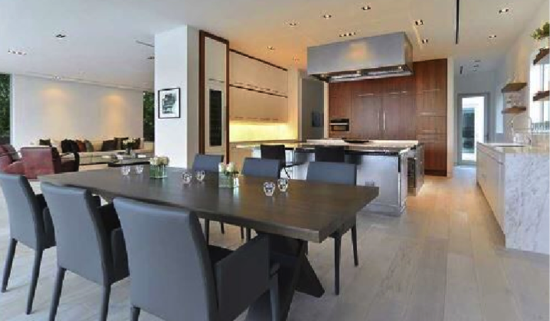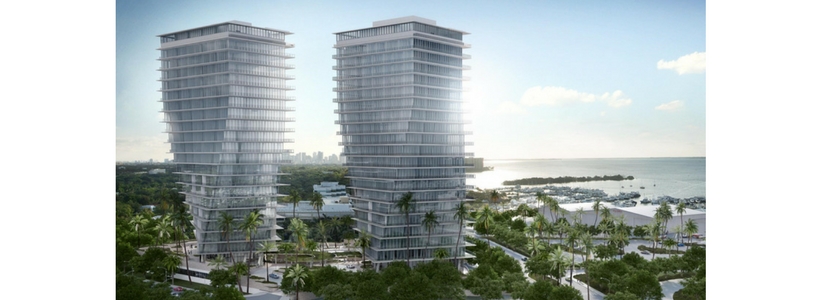Cost Effective Luxury Upgrades to Sell A Home/Condo Faster
If you’re thinking about putting your house or condo on the market, you should consider making a few luxury upgrades to help increase your property’s value. Realtor.com has compiled a list of big impact improvements you can make that are surprisingly cost-efficient like improving security with a Locksmith Near Me LLC service here.
Upgrade Your Patio
Average cost of a new patio: $3,007
Increase in home value: 3% to 4%
It’s no secret that more homeowners regard their backyard as an extension of their living space. So it shouldn’t come as a surprise that outdoor kitchens and furnished patio areas alongside a fire pit are increasingly popular.
Irene Medina, a real estate agent at Medina Group Real Estate in Coral Springs, FL, says an outdoor kitchen is “a big plus in homes [priced] from $350,000 and up.” This can be anything from an area in the patio with a built-in grill and sink to a full-blown kitchen, if you already have an outdated project, Installing new worktops is a simple way of renovating a kitchen.
Low-hassle option: Don’t have the money for an all-out kitchen? Try adding French doors that open to the outside. This simple change will make your home feel lighter and brighter, and will appeal to potential buyers—all for an average cost of $879.
Add a Hot Tub
Average cost to install an above-ground hot tub: $321
Increase in home value: 1% to 4%
“Having a hot tub on the property is a great selling point if the home doesn’t have a pool or a water view,” Medina says. If the property has a built-in pool, a hot spa attached to it or nearby could also go a long way, she says. Prices run the gamut, depending on how elaborate you want your spa to be. At the upper end, these babies can cost thousands, once plumbing, electrical, and the tub itself are factored in. But they don’t have to. When a plumber is involved, they can advise on cost-effective options to ensure your hot tub addition doesn’t break the bank. If you are looking for plumbers located in sydney, you may contact companies like Graham and Sons Plumbing.
Low-hassle option: Don’t want to heat things up that much? Potential buyers are simply looking for a backyard oasis. Consider a simpler (and cheaper) upgrade by adding a hammock surrounded by lush artificial grass through hardscape services—your costs will start around a whopping $30 for the hammock. (Cost of fresh caipirinhas not included.)
When it comes time to sell, any special extras that can paint a picture of leisure and relaxation out back, like playing casino with convenient payment methods like PayPal, can be an incentive for those in the market for a new home. Check PayPal-casinon utan spelpaus för svenskar for additional information, such as online bingo sites. Leisure is a good thing, right?
Get Smart with an Automation System
Average cost to install a home automation system: $1,282
Increase in home value: 3% to 5%
These days, smart intercom/doorbells that can show a homeowner video of a visitor at the door (and use remote communication) are becoming the Main Street version of the urban doorman. Smart garage door openers, security camera installation, and thermostats are also becoming more common. In addition to a smart thermostat, you should also consider hiring an ac repair service or furnace maintenance in Colorado Springs, CO to improve the energy efficiency of your hvac system.
Not only will these smart gadgets help you feel more secure in your home, they are also a big draw for the tech-savvy buyer looking for innovative and practical home features, says Mike McGrew, treasurer for the National Association of Realtors® and CEO of McGrew Real Estate in Lawrence, KS.
Low-hassle option: Consider a small splurge on just a Wi-Fi video doorbell. For as little as $100, you’ll have a fancy amenity that can provide convenience and some peace of mind.
Add an In-Law or Nanny Suite
Average cost of a basement remodel: $18,618
Increase in home value: 5% to 10%
Real estate agent Nancy Itteilag of Washington Fine Properties in Washington, DC, says she recently was “this close” to selling a home, but for one major obstacle: The property wasn’t fit to accommodate the prospective buyer’s au pair.
In her market, where double incomes are at an all-time high, there’s big demand for homes with an au pair suite, in-law unit, or a flexible living space (often on the lower level of a two-story house to maximize privacy for both au pair and family). So while the initial costs seem quite high, they could pay off in spades when it’s time for a sale.
Low-hassle option: If you already have a finished basement, you’re in luck. Want to give the feeling of privacy without doing a total remodel of the space? Throw up some temporary walls. For just over $200, you’ll have an extra bedroom instantly. And if your basement has a separate entrance, it’s all the better—it can double as a living space that can be rented out for extra income.
Create a Wine Room
Cost of a wine cellar: Starts at $4,000
Increase in home value: Varies, but can be as much as 2%
We’re not talking about a dark closet where you hide your best reds (although those pay off, too). We mean a next-level wine space—possibly furnished with a small island or table—for entertaining guests and igniting conversation.
For some wine collectors, this room is becoming more of a showpiece than simply a repository to let wine age. Accordingly, in high-end homes, these cellars are also moving from the lower level to upper floors—often housed in glass walls and under LED lighting.

Wine Cellar SPACiO Built Out at 321 Ocean
While Realtors® agree that a wine room can increase your home’s value, this home improvement should be thought of first and foremost as a treat just for you. Because you deserve it!
“Wine cellars are a bit like swimming pools. They come in all shapes and sizes and costs. And the next folks that look at your house may want nothing to do with them,” McGrew says. “So do a wine cellar because you want a wine cellar, and don’t try to justify it by an increase in value when you sell.”
Low-hassle option: Carve out a space in your home to display a few decorative wine racks and a wine fridge to keep bottles chilled and ready for entertaining. You could create your own wine enclave for as little as $200!
Change Up Your Flooring
Average cost of installing new flooring: $2,853
Increase in home value: 5%
It might not sound sexy, but flooring is also high on the list when it comes to features that pay off in a big way. Whether it’s made of reclaimed hardwood or picturesque tile or features heating, it can set the tone for the whole house. The heat pump repair dayton service is what you’ll need for maintaining your home’s heater.
Want to step it up even more? Heated floors in common areas such as kitchens and bathrooms are a nice amenity for cold winter mornings—and, of course, add a sweet touch of luxury to your home.
Low-hassle option: If you’re looking for a home makeover on the cheap, consider new carpeting in neutral colors, which can go a long way in pleasing prospective buyers. The best part? The price tag, with an average cost of just $1,491.”

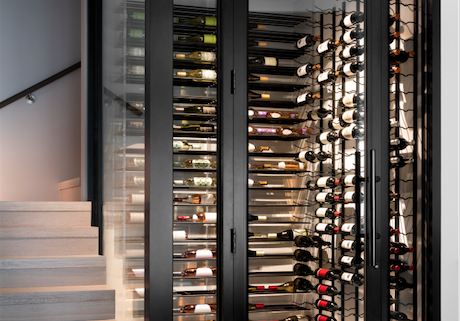
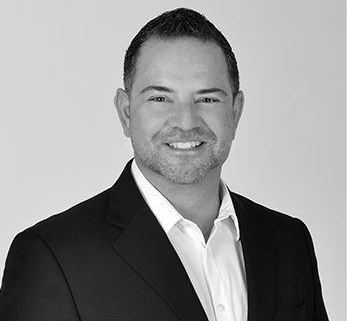

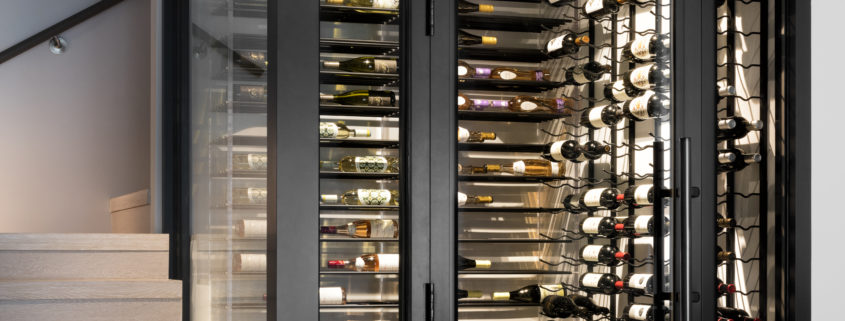
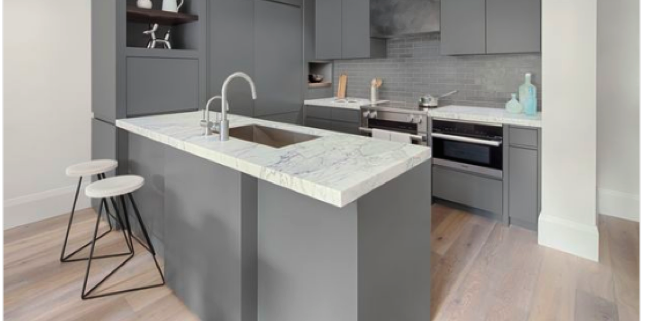
 To avoid that perception, brokers often try to work around this. They might reduce the price by some nominal amount — like $1,000 or $5,000 — to grab attention again as a price reduction or might re-list an apartment, reversing the order of the unit number. So, apartment 11K might be relisted as K11 to trick websites like Streeteasy and Zillow.
To avoid that perception, brokers often try to work around this. They might reduce the price by some nominal amount — like $1,000 or $5,000 — to grab attention again as a price reduction or might re-list an apartment, reversing the order of the unit number. So, apartment 11K might be relisted as K11 to trick websites like Streeteasy and Zillow.
